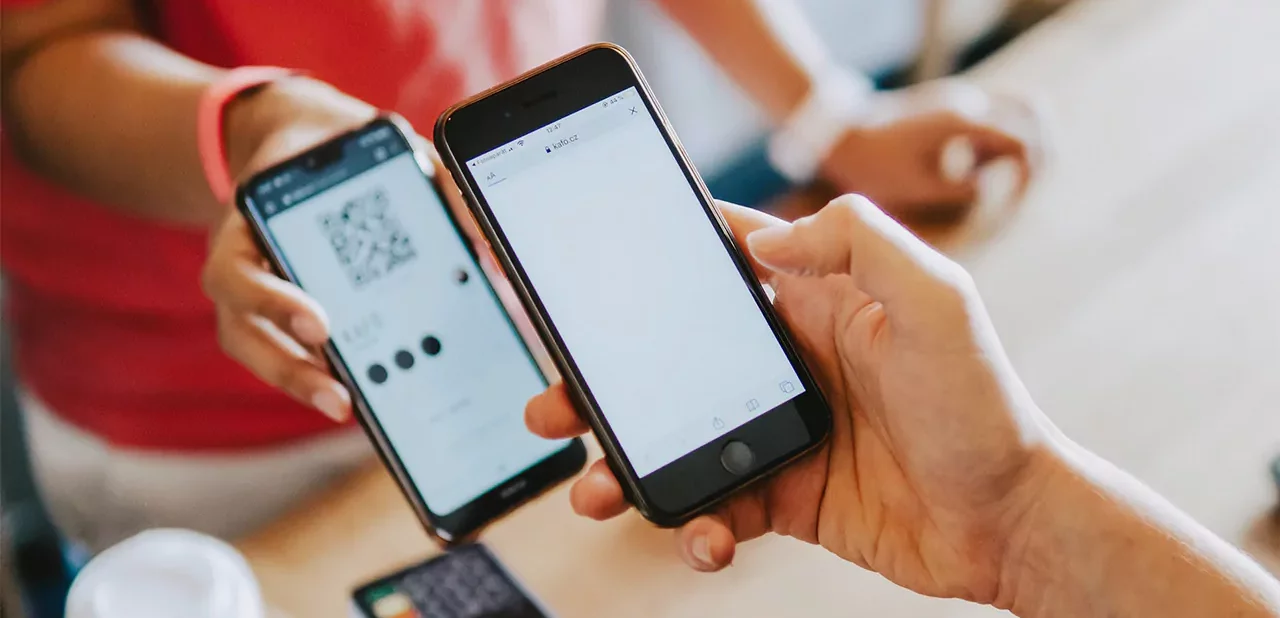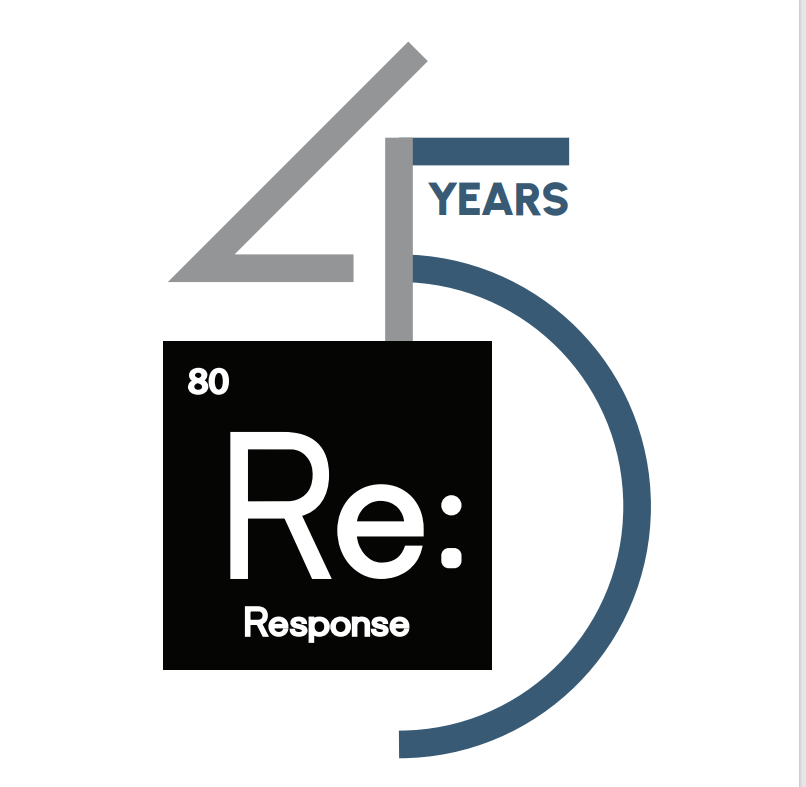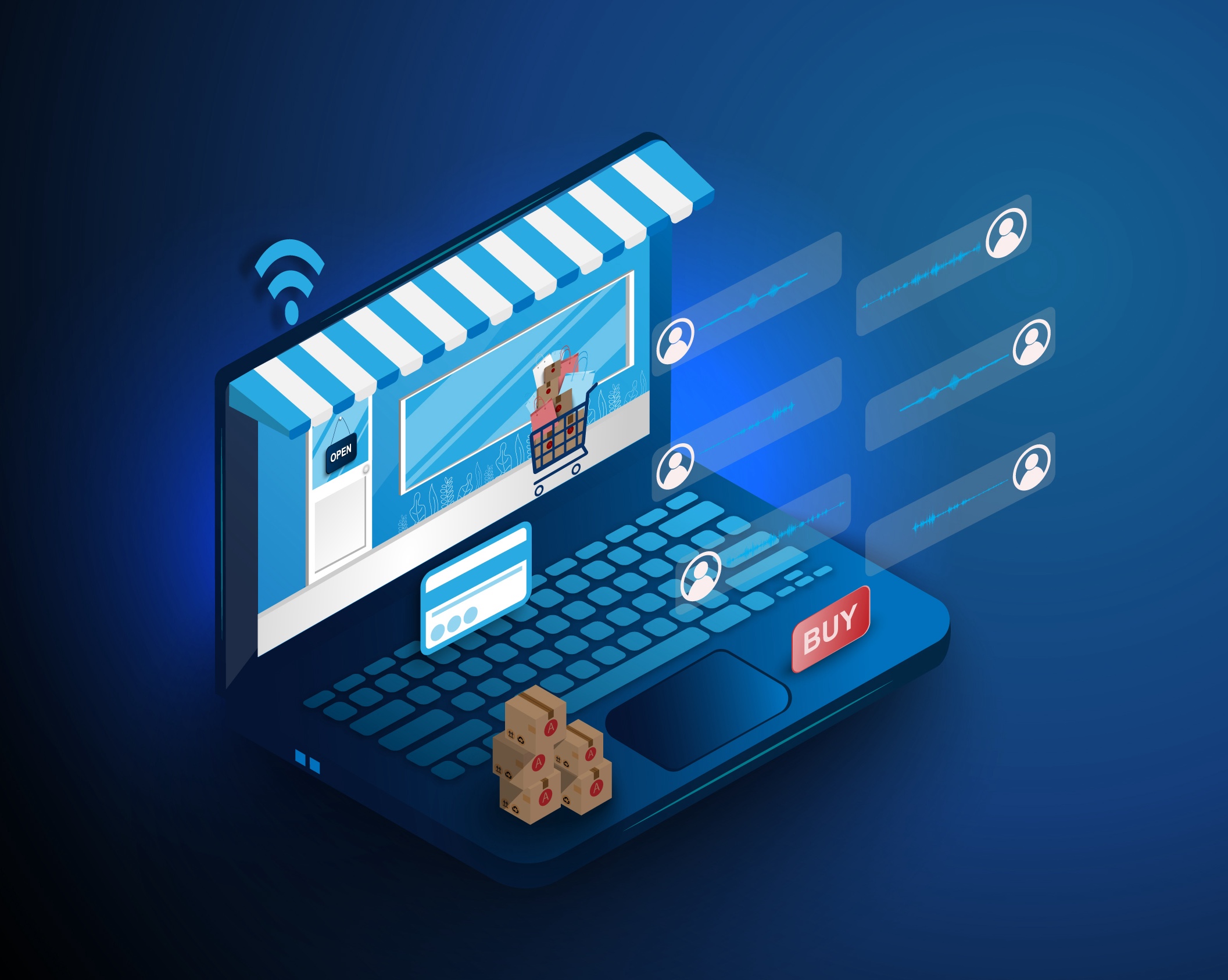According to Google Trends, the interest in the term “coupons” has doubled since 2004. Eight in ten Americans say finding a great deal is on their mind during the whole shopping experience, and nearly 90% say price is one of the top factors when making a purchase.
Customer expectation around couponing is changing quickly. Let’s look at the demographics around coupon use, their current value proposition, and how digital coupons are on the rise.
Demographics of Coupon Use
Many expect Baby Boomers to be the top group using coupons frequently, which is true; however, Generation X and Millennials still use coupons near-unanimously, at 91% and 87%, respectively. Interestingly, income does not affect coupon use much, with everyone making more than $20k/year using coupons at a rate of at least 85%.
This means no matter if you’re selling a luxury brand, a grocery staple, or anything in between, coupons are a viable solution to get your product in front of consumers.

Just over half of shoppers still clip coupons at home for use in-store, but this is shifting. Most survey respondents wish all coupons went digital to streamline the process.
The Undeniable Value Add
The goal of coupons is to incentivize consumers to buy more or buy something they’ve never tried. Indeed, 83% of shoppers self-report coupons change their shopping behavior and one in eight say they’re more likely to purchase an item if there is a coupon offer, even if the brand is one they’ve never tried.
The value does not end at enticing consumers, though. Coupons also generate loyalty to a brand by producing feelings of goodwill upon receipt of a deal. Additionally, coupon users spend 24% more when shopping than non-couponers and two-thirds spend more than originally planned to secure a discount.
Right now, coupons are most often delivered through email and strong motivators for engagement. Calling out a coupon in the subject line of an email increases open rates by 14% and transaction completion rate by 27%.

The Rise of Digital
With our lives becoming increasingly digital, customers now expect the same deals to be accessible on their mobile devices.
Digital coupons can be downloaded to a user’s phone to use in-store or promo codes to apply while shopping online. According to Juniper Research, a London-based consultant firm, digital coupon use is expected to rise by 94% by 2022, when mobile coupons are expected to account for 80% of all redemption.
One of the reasons mobile coupons are so enticing to consumers is their convenience. Upon receipt of a coupon, 82% of digital coupon users redeem offers within seven days and 30% use the coupon within 24 hours. For brands, this can be a huge boost to sales and penetration compared to traditional paper or print-at-home coupons.
Conclusion
The bottom line is consumers want coupons to be more convenient, more personalized, and easier to redeem. The landscape of retail, both online and offline, is changing quickly, and shoppers are ready to reward brands who respond to their needs.
Deals have always been a powerful motivator for buyers, and the demographics show no sign of coupon use slowing down. However, brands must meet potential buyers where they are to continue to capture their attention, and that place is swiftly becoming exclusively digital.
















